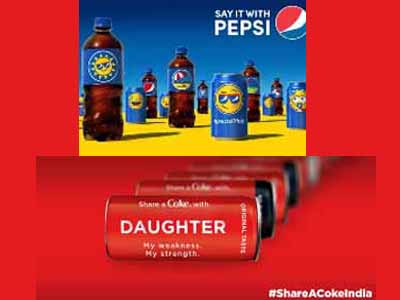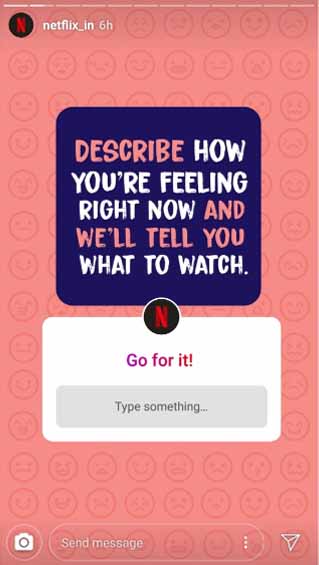MUMBAI: The past few years have seen a paramount growth of digital, and communication has taken a new language that is less formal and concise. The use of interactive social media tools like memes, emojis, and GIFs have taken over the language of the brands as well, who are using these to reach out to the gen Z-a curious case for the marketing community.
While the earlier generations of consumers had moved from offline to online platforms and still have a deep connection with traditional advertising, this generation has started its journey of discovery from digital devices. Thus, cognitive proximity to brands that use their style of communication is expected.
A few years back, under its ‘Say It With Pepsi’ campaign, the carbonated-drink brand came up with a series of its original emojis, called Pepsimoji, which made a worldwide debut in all of its communications including its cans. Competitor brand Coca Cola has been running with the tagline of ‘Har Rishta Bola Mere Naam Ki Coca Cola’ and has quirky messages for various relations like a sister, brother, best friend, etc. on its cans.

This way, they not only connect to the consumers on a personal level but also ensure that they keep the buzz on social media alive.
Another example of this is the Snickers ‘Hunger Packs’ that saw the brand name replaced with hunger-related symptoms on the packing. These packets were a very intelligent spin on its tagline ‘Who are you when you are hungry’. And surely the brand connected exceptionally well with the users.

While these are some innovative shelf marketing tips, brands have been very creative with their online communications as well. Subtle nuances like connecting the brand with recent events, using interactive tools like stories and poll feature on various social sites, and using gifs to communicate with the native online consumers have been a burning trend.
Brands have been very efficient with the use of GIFs as well. This fine intersection between a photo and video has been a prime content of interest among the netizens. Running on loop, these small slices of video content have been synonymous to many moods for the past 31 years, but their use in marketing has been on an all-time high for the past few years.
Recently, KFC has launched a brand-new campaign for the Indian audience called #DilMeinGrill, giving a total Bollywood taste to its marketing voice. The brand has also released a series of Gifs like “Tanha Grill” and “Grill Chahta Hai” to connect with the audience in a fun way.
Do grill mil rahehai, Smoky Red ki khabar sabko ho rahihai. Introducing the all new Smoky Red! #DilMeinGrill Order now: https://t.co/k9j4eZ0DuNpic.twitter.com/0Ktc4Yu7Ad
— KFC India (@KFC_India) May 8, 2019
KFC is not the first brand to go ahead with this concept. Last year, Amazon Prime launched exclusive GIFs for its comedy-based show Comicstaan in India. It has done it for a number of other shows as well, including the very successful Mirzapur. These gifs gained a lot of traction online and their characters and small dialogues seamlessly became a part of day-to-day social media communications.
A lot of brands have been using the GIF feature to introduce interesting competitions for coupons and freebies for the winners. The most basic has been taking the screenshot of moving objects when they are in the right frame. This Valentine’s Day, retail chain Big Bazaar came with a similar concept where people were asked to screenshot a pink teddy bear amongst a rapid succession of various coloured fluffy toys to win coupons.
Another super popular mode of brand interaction has been the use of insta-stories to connect with the audience. For example, Netflix India uses the questions sticker from Instagram to suggest users the shows they can watch on the platform based on various anecdotes like ‘how are they feeling’.
During its ‘Voice of Hunger’ campaign, Swiggy used the Instagram stories section quite efficiently as it shared some random tricks with the followers to nail the shapes required to win coupons with discounts for the whole year.

In this millennial world with mobiles becoming the center of everyone’s universe, these communication tools are surely leading to an era of interactive and experiential communication. The brands no longer rely on the singular storyteller singing jingles to remain relevant, they are trying to become a part of the everyday routine of their consumers.







